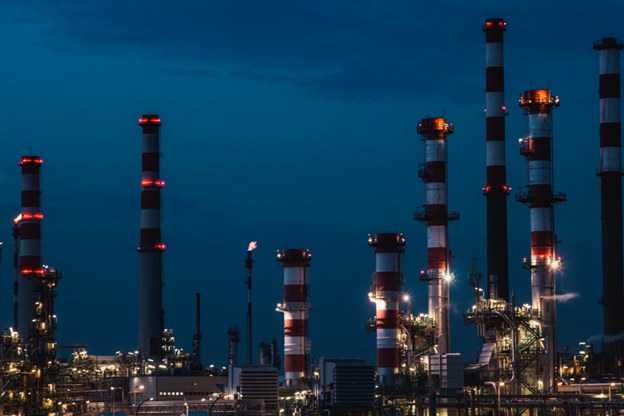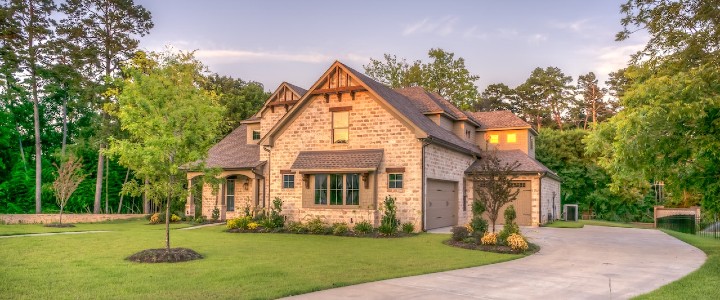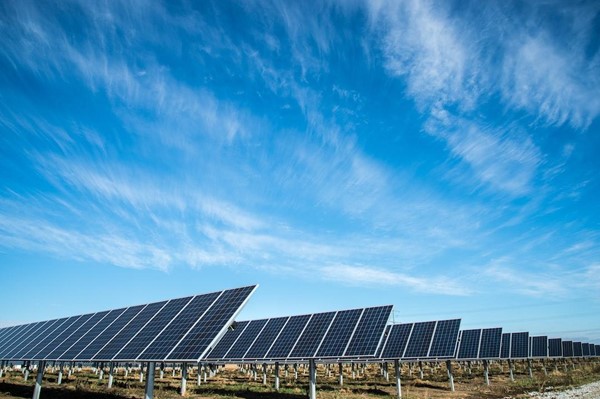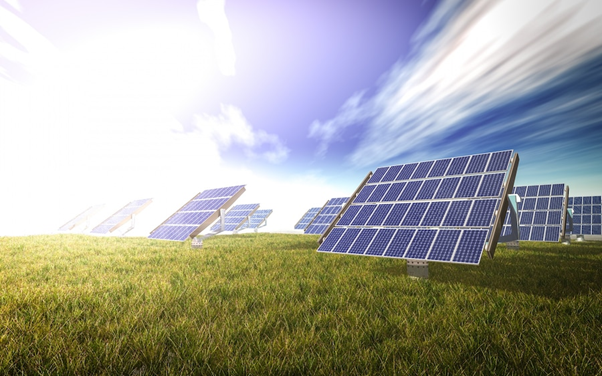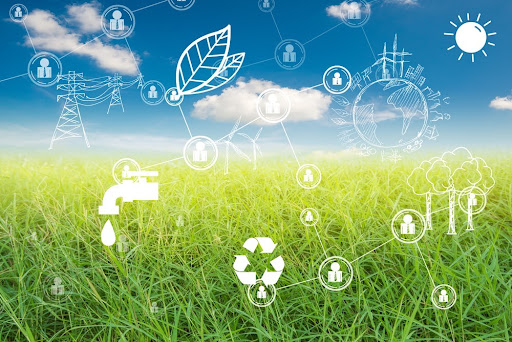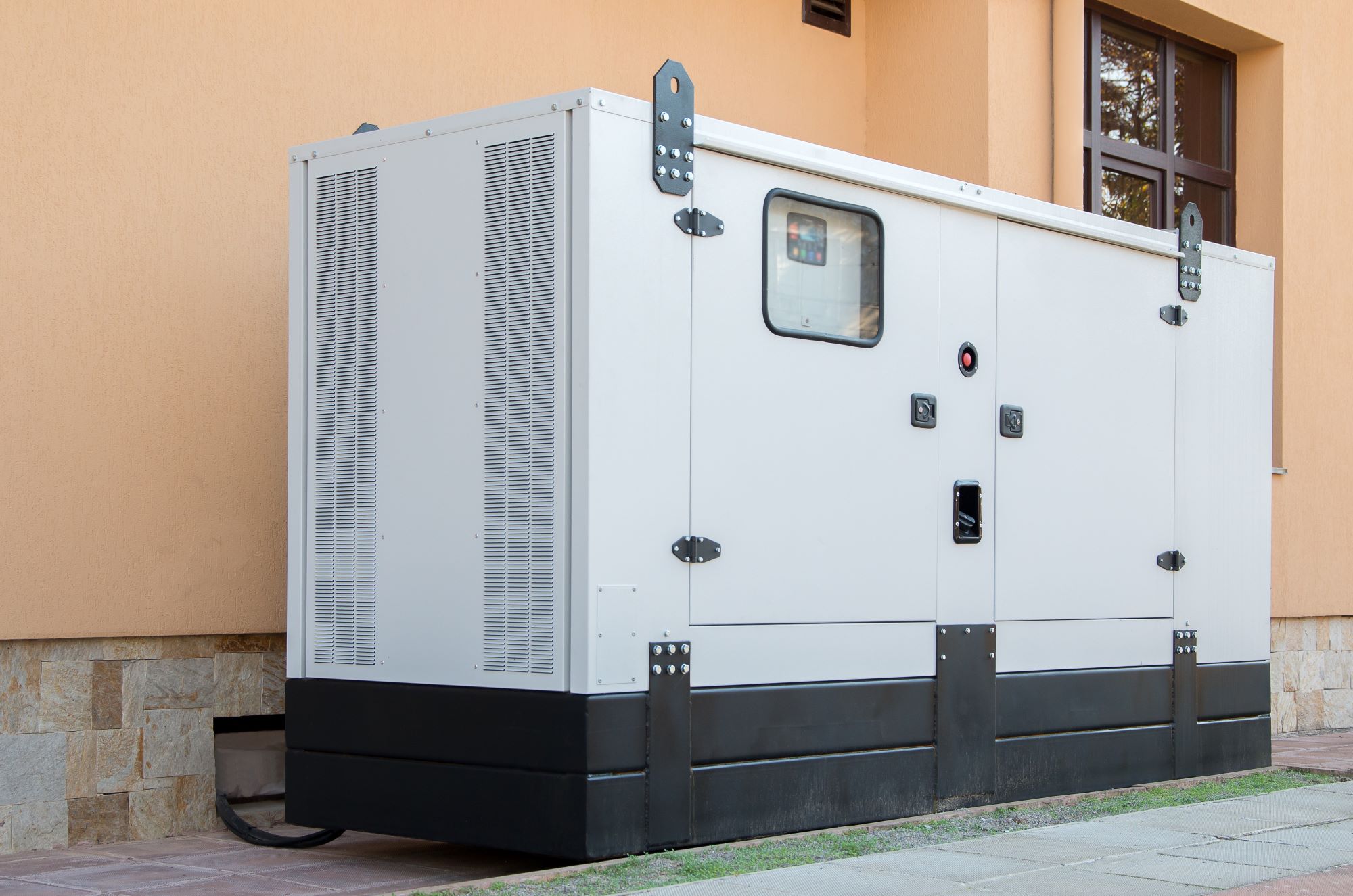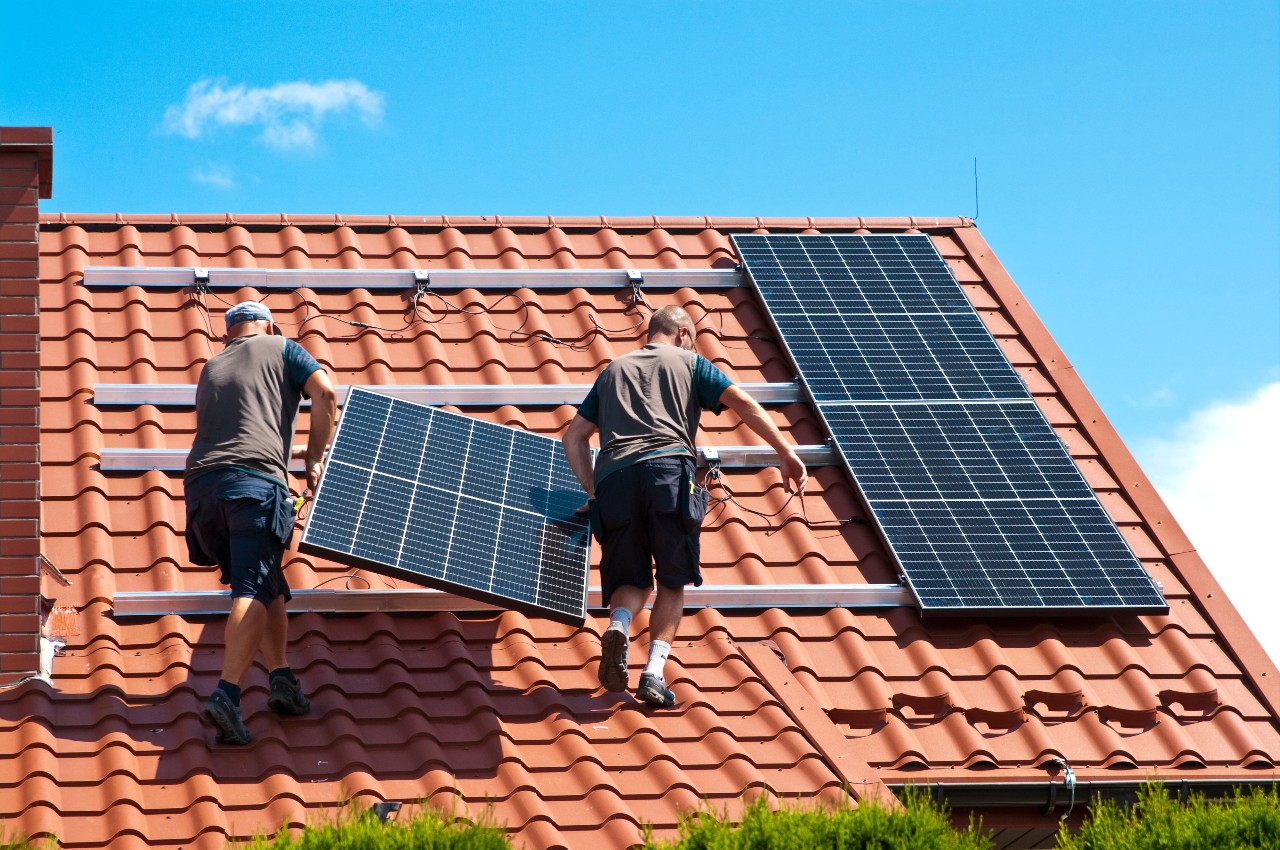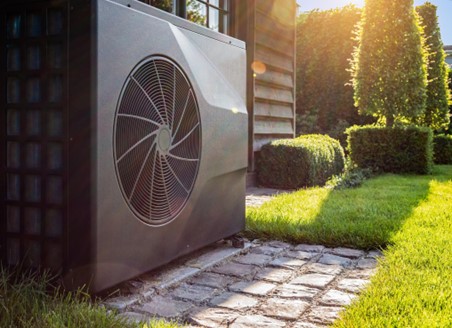The Fascinating Role of AI in Renewable Technology

Our electric grid is, to say the least, ancient. The first plant was established in 1882, and since then it has grown to be the foundation upon which a majority of our modern lifestyle is built. It is this fossil-fuel-based system, however, that is serving as one of the major roadblocks to incorporating renewable energies. In response to climate change, we need to change how the entire grid currently generates and transmits power. We cannot replace all of our fossil-fuels with renewables overnight, but instead need to slowly introduce clean energy into our existing infrastructure; but how do we successfully incorporate technology created over 100 years later into this old web of energy?
Solar, wind, geothermal, hydropower, and biomass are all incredibly variant in nature. Each has it’s own system of operation and rather long list of perks and drawbacks. On top of this, each renewable relates differently to the local environment. We all understand that solar works wonders on the west coast where summer is an all-year phenomenon. The stand-alone-solar approach does not work well in northern states like Minnesota, however, where the weather can change drastically day-to-day. These different renewable entities, despite all of these variables, must also communicate and connect on our current electric grid, in times of weather fluctuations working together as a unit to exchange and store energy for future scarcity.
I like to think of it as an ant hill. Each ant is autonomous, but they ultimately depend on the queen and communicate directly with the queen and her needs, creating a structure that results in self-sufficiency. Our energy system must function like an ant hill. The ants, or local micro-grids, will be relatively autonomous, but will have to operate in a centralized system. The queen? Well, that just might be Artificial Intelligence.
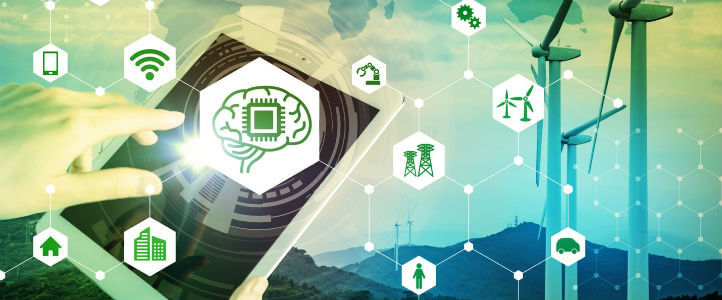
Artificial Intelligence will be the brains of the operation. In the United States, the Office of Electricity Delivery and Energy Reliability (OE) is working on something very similar called the Smart Grid. Although still in its early stages of development, the Smart Grid will be the queen that monitors every energy consumer and energy producer, creating a two-way flow of information coming in, and smart, tailored energy coming out. It will have to:
- Develop algorithms that optimize energy use,
- Monitor storage needs in tune with the weather,
- Streamline data from various energy markets to help incorporate renewable energy with current fossil-fuel distribution,
- Streamline a system of micro-grids that will run very much like an ecosystem.
There is already talk of putting a full-blown, competent AI system at the helm of a large national grid. In the United Kingdom, the investor-owned utility, National Grid, generates and distributes the country’s electricity. Like the US, National Grid has been struggling with incorporating renewables into an antiquated system overwhelmed with energy demands. So, DeepMind, the UK based AI research company adopted by Google, is offering to put its AI to the test. Google’s DeepMind rode the internet waves of fame as the first company to develop an AI capable of learning. This AI, AlphaGO, beat the world’s top human performer at GO, the ancient Chinese game of intuition. In its victory, AlphaGO taught GO professionals entirely new moves and information, demonstrating how powerful a capable AI can be.
DeepMind is offering to use a similar AI (one built on machine-learning, adaptive software) to better streamline the UK’s current grid. Google itself has experimented with this technology, using it to cut company-wide energy consumption by 15%. National Grid and DeepMind are still working out the details of this possible collaboration, but if this is successful, it would clear the path for faster assimilation of renewable technology, all without having to overhaul an entire antiquated grid.
Here is an appropriate place to mention that good ol’ saying, “Just because we can doesn’t mean we should.” Hollywood has indoctrinated us with story after story of AI development gone wrong. If AI plays a large role in reversing climate change, the evolution of humanity’s relationship with said technology will be compelling. Will we depend too much on AI? Will it grow smarter, and with complete control over our grid, wreak havoc on a species it deems unnecessary? Will it remain completely benign and exist as the very tool we need to create an environmentally harmonious grid?
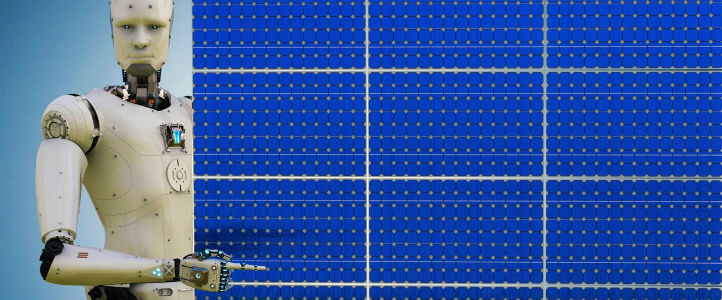
Lisa Cohn, renowned energy writer and role model of mine, recently wrote an interesting article on the nature of incorporating fresh renewable technologies into our existing infrastructure. She quotes Eric Bakke, a project development executive at EnSync Energy Systems, as he talks about the biggest problem facing distributors: the grid. “As we see more distributed energy deployed, there are complicated energy markets. Looking at power-to-gas, we’re overwhelmed by who will buy grid services. I’d like to meet the people who are building algorithms and software to manage it; that will be critical,”.
We know so little about the evolution of AI that trying to determine the outcome of its evolution is impossible. I am uncertain where I fall on this. I understand the need for developing powerful software capable of renovating our electric grid. I also see the danger of humanity pushing too far into the realm of creation. In the face of climate change, however, those society’s that consume the most (US, UK, etc…) do not have time to manually deconstruct ancient electric grids to fit the varying nature of renewable energies. Climate change is on our doorstep, and unless we drastically cut carbon emissions soon, we might find that our species won’t have a chance to see the possible doom of AI dominance.




